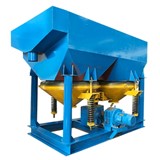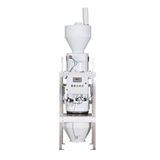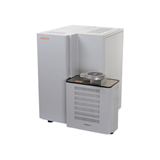The research, which has been undertaken by post graduate student, Alexis Lambeck, has drawn parallels between the tectonic history associated with known mineral deposits at Mount Isa and Broken Hill as well as other areas of Australia.
Lambeck, who joined Geoscience Australia through its graduate program, says that isotopic geochemical techniques allow rocks which host Australia's world-class zinc-lead deposits to be characterised and identified. This in turn enables concepts on links between these deposits and Australia's geological growth to be tested and further refined.
As part of his current PhD studies with the Centre for Tectonics Resources and Exploration, University of Adelaide, Lambeck has demonstrated an isotopic change occurred around 1650 million years ago in the sedimentary rocks of the highly mineralised Mount Isa and Broken Hill regions.
A similar change in the Georgetown region of northeast Queensland and in northeast South Australia suggests it was widespread through much of northern and central Australia and that these areas were tectonically linked 1650 million years ago when many of the known mineral deposits formed.
"Research undertaken so far suggests that there is a connection between the source of sedimentary rocks indicated by their isotopic signature, and the types of mineralisation hosted by those sediments, a situation which has the potential to assist in predicting areas with a higher likelihood of hosting economic mineralisation," Lambeck said.
"By identifying rock units with sedimentary sources similar to those in known mineralised areas, the isotopic signature will help to reduce exploration risk, particularly in greenfield areas in northeast Queensland and in northern South Australia and the southern Northern Territory," he said.
Commenting on the research, the chief of Geoscience Australia's Onshore Energy and Minerals Division, Dr James Johnson, said the work would help mining and exploration companies to more accurately identify and target areas with a higher potential for commercially viable mineralisation.
"It is through this type of groundbreaking research that Geoscience Australia is able to provide industry with pre-competitive data and exploration techniques which assist in the search for world class mineral deposits," Dr Johnson said.







